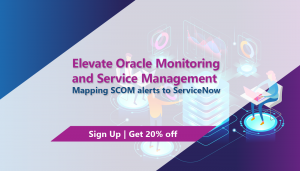Upcoming PostgreSQL Support for Icinga Certificate Monitoring
Our goal is to support both MySQL and PostgreSQL as a backend wherever we need a database. Our latest addition in this area was PostgreSQL support for reporting, which will be released in the next few weeks. We don’t have PostgreSQL support for Icinga Certificate Monitoring yet. But it has already been worked on and the pull request for it is waiting to be tried. We would be happy to receive feedback in this regard so that we can fully merge PostgreSQL support as soon as possible.











